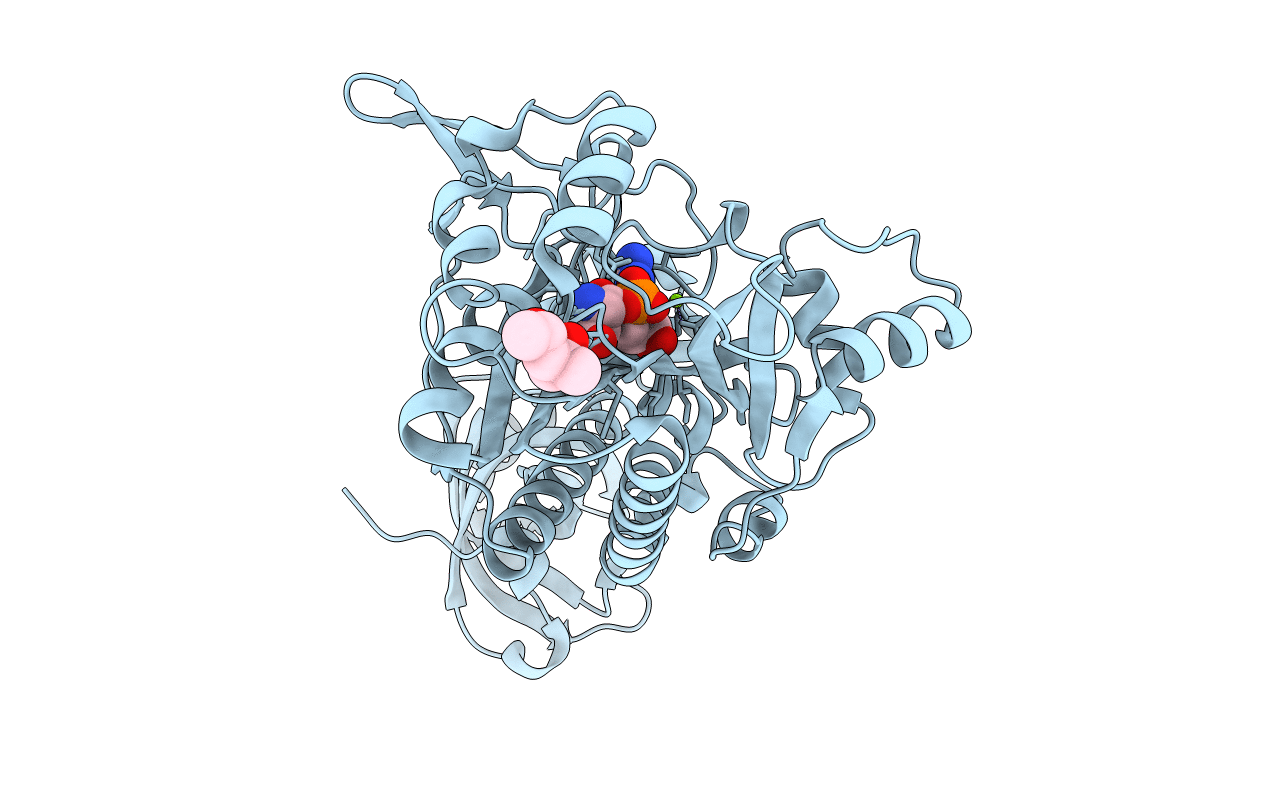
Deposition Date
2005-05-15
Release Date
2006-05-23
Last Version Date
2023-10-25
Entry Detail
PDB ID:
1X54
Keywords:
Title:
Crystal structure of asparaginyl-tRNA synthetase from Pyrococcus horikoshii complexed with asparaginyl-adenylate
Biological Source:
Source Organism:
Pyrococcus horikoshii (Taxon ID: 53953)
Host Organism:
Method Details:
Experimental Method:
Resolution:
1.45 Å
R-Value Free:
0.19
R-Value Work:
0.16
R-Value Observed:
0.16
Space Group:
C 1 2 1


